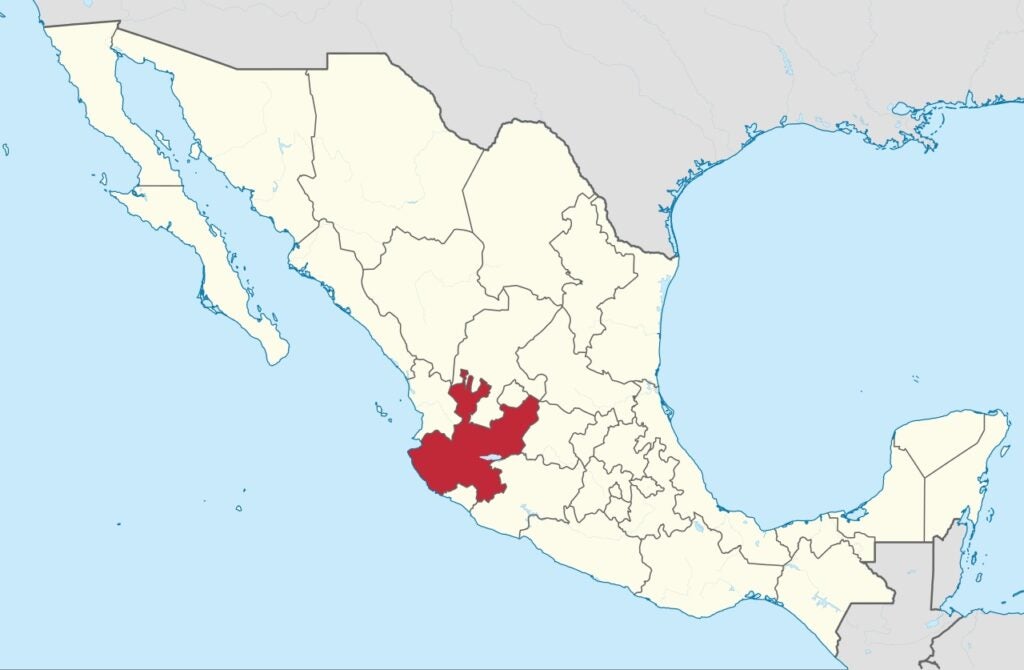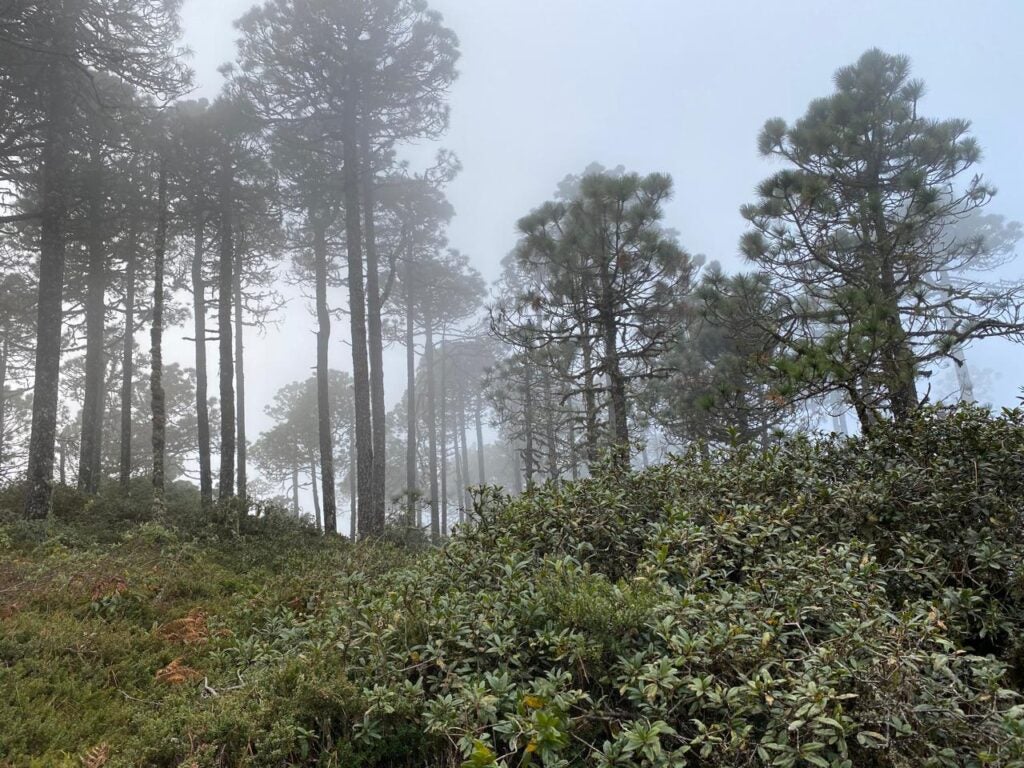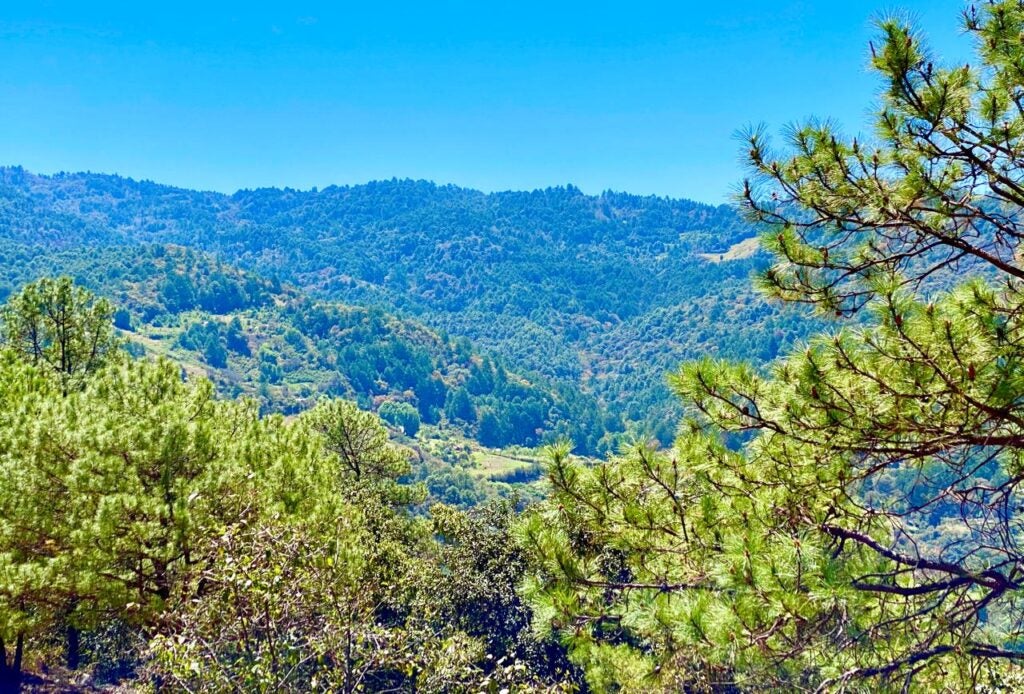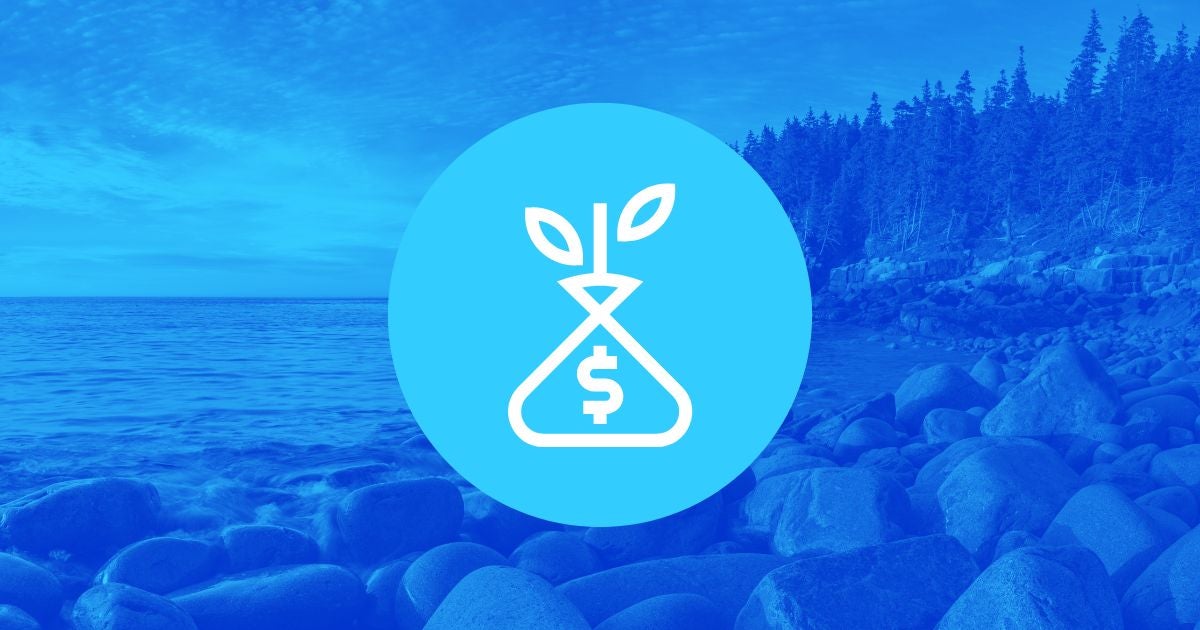Jalisco’s Path to High-Integrity Jurisdictional Climate Finance: A Model for Climate Action and Territorial Justice

This post was authored by Edgar Godoy, Associate Vice President for Jurisdictional Alliances, and Paola Bauche, Secretary of Environment and Territorial Development, State of Jalisco, Mexico.
As the urgency of the climate crisis intensifies, jurisdictional REDD+ approaches have emerged as a scalable, equitable, and results-based solution for tackling deforestation and forest degradation. In Mexico, the State of Jalisco stands out as a subnational leader, having developed and begun implementing a jurisdictional REDD+ model rooted in long-term vision, institutional strength, and a strong commitment to forest communities’ rights. In its role as strategic partner to the Government of Jalisco, Environmental Defense Fund has been providing targeted technical assistance, supporting the development of emissions baselines and safeguard frameworks, and bolstering Jalisco’s alignment with international best practices in high-integrity carbon markets.
With over 4 million hectares of forest cover, representing more than 50% of its territory, Jalisco’s forests are critical for biodiversity conservation, climate regulation, and the livelihoods of hundreds of communal land communities, called ejidos, and Indigenous communities. The state’s REDD+ Strategy, developed through inclusive, participatory processes, links forest conservation, restoration, land-use planning, and sustainable rural development. It aligns with Mexico’s national REDD+ framework and the country’s commitments under the Paris Agreement.

Image by TUBS via Wikimedia – This vector image includes elements that have been taken or adapted from this file:, CC BY-SA 3.0.
Between 2010 and 2020, Jalisco achieved a 26% reduction in deforestation rates in priority regions such as the Sierra Occidental, according to Mexico’s National Forest and Soils Inventory. This progress reflects the effectiveness of state-led territorial solutions, including sustainable production incentives and local capacity-building efforts.
One of the state’s most pressing challenges has been increasing pressure on forest ecosystems from the expansion of avocado and agave (tequila) cultivation. In response, the Government of Jalisco has introduced targeted measures to prevent unauthorized land-use changes in forested areas, such as stricter regulations, satellite monitoring, and interagency coordination. Moreover, the state has forged strategic partnerships with key industry actors such asthe Tequila Regulatory Council (CRT) and the Association of Avocado Export Producers of Jalisco (APEAJAL), to promote sustainable, deforestation-free supply chains through enhanced traceability, compliance, and environmental stewardship.
With the technical support of national and international organizations, and bolstered by the ongoing political will of the state government, Jalisco is actively preparing to access high-integrity, results-based climate finance. Key milestones include the ongoing update of the state’s forest reference emission level, the development of a locally adapted safeguards information system, and the design of a transparent and equitable Benefit Sharing Plan (BSP) to ensure fair distribution of carbon revenues.

A central pillar of Jalisco’s approach is inclusive governance. The state is committed to ensuring that local communities and Indigenous Peoples are not only beneficiaries but active decision-makers in the jurisdictional REDD+ process. Dedicated spaces for dialogue and consultation are being established to integrate their knowledge, concerns, and aspirations into the institutional and financial architecture that will guide carbon market participation.
Jalisco is also exploring potential participation in international mechanisms such as the LEAF Coalition, which supports the purchase of verified emission reductions under jurisdictional frameworks. In doing so, the state emphasizes equity and environmental integrity, ensuring that climate finance reaches those who have historically protected the forests and faced structural barriers to accessing climate-related benefits.
As emphasized by the IPCC (2022), integrated, multi-level approaches that bring together government actors, local communities, and climate finance mechanisms are essential to achieving meaningful emission reductions while advancing environmental justice. Jalisco is proving that this is — starting from the ground up.
Today, Jalisco’s leadership offers a replicable roadmap for other subnational governments across Latin America. Its model combines political leadership, technical rigor, legal clarity, and deep social commitment. As global interest in jurisdictional carbon credits grows, experiences like Jalisco’s show how climate finance can be directed to where it matters most: territories on the front lines of deforestation and climate change.

What are ejidos?
In Mexico, ejidos are a form of communal land ownership established after the Mexican Revolution as part of agrarian land reform. Through this system, the government granted land to rural communities (ejidatarios) to use collectively, primarily for agriculture, livestock, and forestry. Although individual members may have the right to use specific plots, the land remains under communal ownership and cannot be sold as private property. Together, ejidos and Indigenous communities collectively own approximately 60% of Mexico’s forest lands, making them critical stewards of the country’s natural resources. Their role is central to forest conservation, sustainable land management, and the implementation of climate and biodiversity initiatives at the local and national levels.












